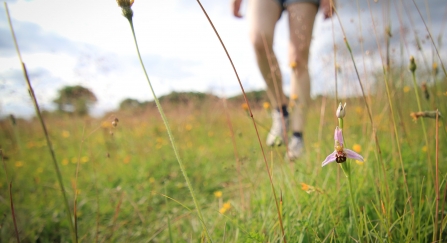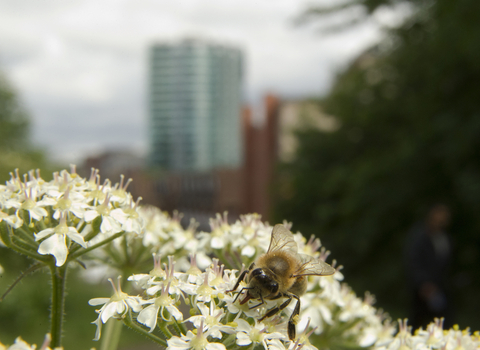Putting nature at the heart of planning
It’s imperative that planning system reforms for England address the intertwined ecological, climate and health crises.
Existing law and policy protects the most special sites for nature, but not the places where people are working hard to create new habitats and bring nature back.
A new designation is needed to support nature’s recovery. This would enable land that is currently of low biodiversity value to be designated for nature’s recovery at small or large scale, and so speed the creation of a Nature Recovery Network, so that we can reach at least 30% of land in recovery by 2030.
We would call this designation 'Wildbelt'.
A Wildbelt would allow land of low biodiversity value which is about to be, or is in the process of being, managed to enable recovery to be properly designated for that very purpose.
It would ensure that the time and money invested in bringing nature back to that site was secured for the future, by protecting the site against future changes in land use.
It would also create more places for people to exercise and enjoy nature right on their doorstep, improving public health and helping to tackle preventable illnesses such as obesity and heart disease, saving millions for the NHS.
Planning for the future
The planning system is part of the way society plans what it needs for the future and it must help us prepare for the challenges of the 21st century. If our principles are applied to the planning reforms, the planning system could end up enabling a strong, healthy and just society that lives within its environmental limits.
5 Principles to Rewild England's Planning System |
|---|
| 1. Wildlife recovery and people’s easy access to nature at the heart of planning reform. |
| 2. No weakening of nature protection policies and standards. |
| 3. The ecological and climate crises addressed by protecting new land put into recovery by creating a new designation - Wildbelt. |
| 4. People and local stakeholders able to engage with the planning system at the point where it is most meaningful to them. |
| 5. Decisions based on accurate and up to date nature data. |

© Tom Marshall


